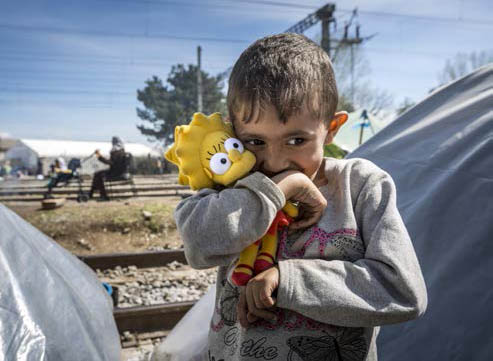Because I'm happy
Publish date 25-03-2023

Comparing different countries in the same year, it would appear that GDP, interpersonal confidence and air quality are among the factors most strongly correlated with people's self-reported level of happiness. In other words, in countries where there is more trust, less pollution and more economic value, citizens also tend to be more satisfied with their lives in general. What happens, however, if we adopt a dynamic perspective, and look at changes in happiness over time? A recent article published in the prestigious journal PNAS by one of the fathers of the economy of happiness, Richard Easterlin, tries to answer this question.
What mainly determines the long-term changes in the well-being of a country? The literature, historically, has identified the following factors. According to economists, the answer is economic growth (GDP). According to some sociologists, including Robert Putnam, it is social capital. A third factor, favored by political scientists, is constituted by welfare policies. More recently, ecologists have proposed the quality of the environment as an important factor in a country's well-being.
Up to now, these factors have been evaluated in a cross-section perspective, i.e. by comparing different countries in the same period of time. The article, on the other hand, examines how the variation over time of the aforementioned factors is able to explain the variation over time in the well-being of countries. For this purpose, the authors use time series starting from 1981–1982 up to 2017–2018, for 10 main countries in Northern, Western and Southern Europe.
Let us now see how these factors were measured. Well-being is measured by responses to the question, "Overall, how satisfied are you with your life as a whole these days?", with integer response options ranging from 1 (dissatisfied) to 10 (satisfied). The first survey was in 1981-1982 and the most recent in 2017-2018, thus offering a time span of 36-37 years to study the long-term change in a country's well-being (for simplicity, the authors use the term " happiness").
As for the four possible determinants of happiness, the authors consider: 1. economic conditions, captured by per capita gross domestic product and the unemployment rate; 2. social capital, commonly measured by the answers to a question about "trust in others"; 3. welfare policies, captured by the generosity of social welfare programs and public spending on such programs; and, finally, 4. the quality of the environment, which is reflected in the exposure to fine particulate matter (PM 2.5, which represents the greatest risk to health).
Pierluigi Conzo
NP January 2023







